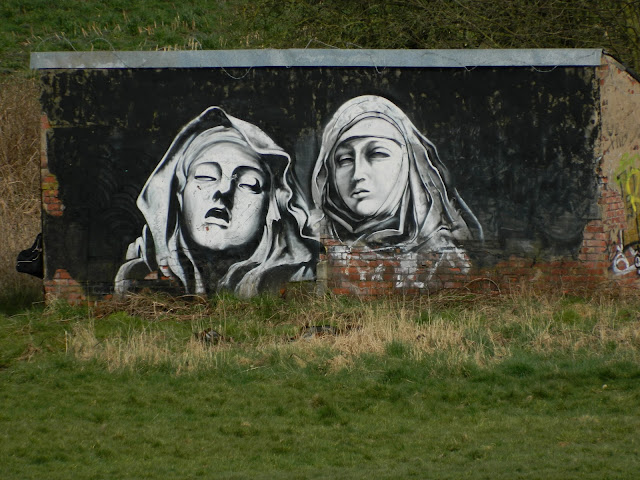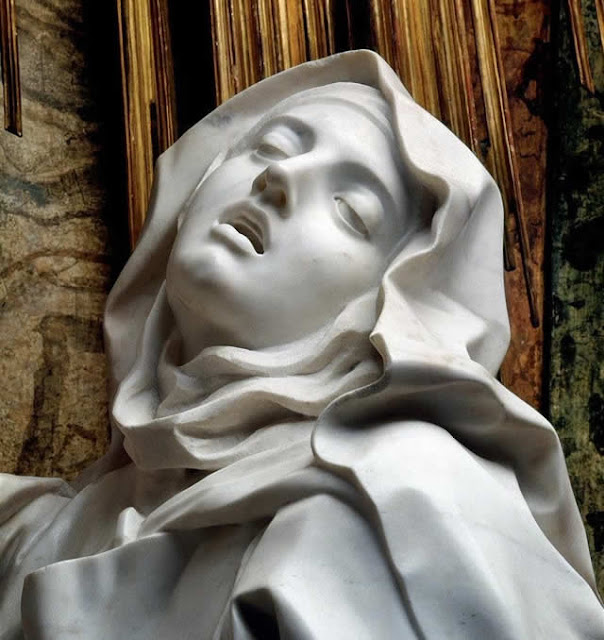Street Art (and Graffiti)
in and Around Lancashire
I have always enjoyed looking at the art that people have created outside in open spaces. Originally, this would have taken the form of Graffiti. This topic can be the cause of great consternation. Much the same are everything in (human) life, it's not a 'black and white' issue. Whilst I find vandalism abhorrent, in many cases, I see the decoration of something that is an otherwise sterile building or structure as a positive thing. I have noticed that when a developer or council commissions an artist to deliberately create an artwork on a public 'wall' it subsequently seems generally not to be vandalised. I have only seen a handful of cases where somebody has put some 'scrawl' or their 'moniker' on another person's artwork.
Lately, there does seem to have been a trend of artworks being commissioned on local building in a more formal and organised way. My first recollection of this type of activity locally was the 'Blackburn Open Walls' Project. I am sure that there was an 'official' website recording this activity several years ago. However, that doesn't seem to exist now, or at least I am not finding when searching the web. There are, however, now dozens of blogs, websites and videos documenting the activity. The original project seem to have happened in 2016. I discovered this Vimeo video about it.
Over 6 days, 6 street artists transform 6 walls, in Blackburn, Lancashire, helping to make Blackburn beautiful. The video's creator acknowledged 'Blackburn Is Open' for their continued support on the project and also a significant list of sponsors, which included, Nationwide Platforms, Dulux Paint, Blakewater Hotel, Cafe Northcote and Wetherspoons. I have embedded the video below.
My first recollections of this type of artwork was probably on trips abroad to France and Spain in the early 2000s. The first one that I photographed locally was in Preston, my home town, and on a recreation ground that could be seen on the old railway line cycleway and footpath on the approach to Avenham and Miller Parks from South Ribble.
A mural on, what I think was, a building used for a changing rooms when people played on the adjacent football pitch. It was in the area between the old (disused) Lancashire and Yorkshire Railway line and the Old Tram Road. In a past life, it was a cricket pavilion, or one stood in that spot. My photograph was taken on 17th March 2012. Sadly, the building has subsequently been demolished, taking the mural with it. The artwork, depicted the Ecstasy of Saint Teresa sculpture, which can be seen in the Cornaro Chapel in Rome. The artists behind the mural were known only as Parle. I have a feeling that Chris Dorning AKA 'The Cunning Craftsman' may have been involved. I believe that he also went under the name of 'Moot' in the early days.
 |
| The Ecstasy of Saint Teresa Mural |
 |
| The Ecstasy of Saint Teresa Sculpture |
An excellent Guide to Preston’s Murals can be found on the Lancashire History Website and Blog. That was last updated (at the time of writing this information) on January 27th 2024.
[Last updated - 12:15 21/03/2024]
To be continued...
---------------------------------------------------------------
Comments
Post a Comment